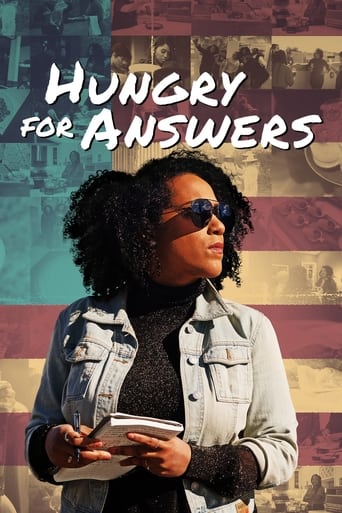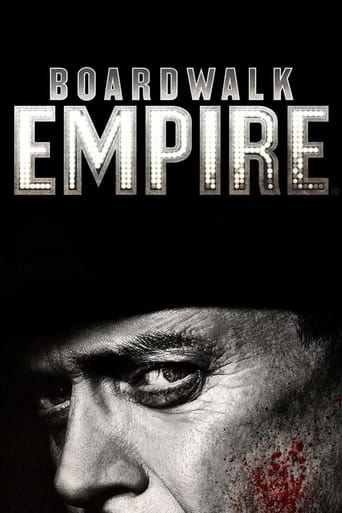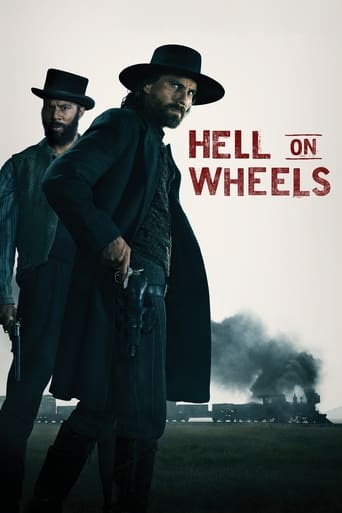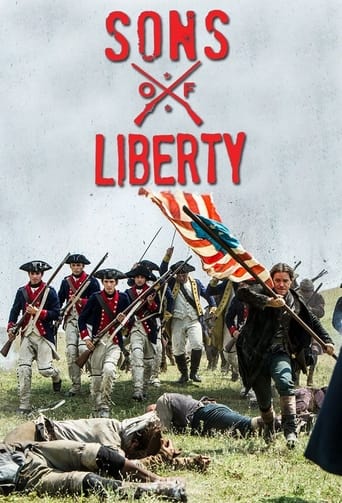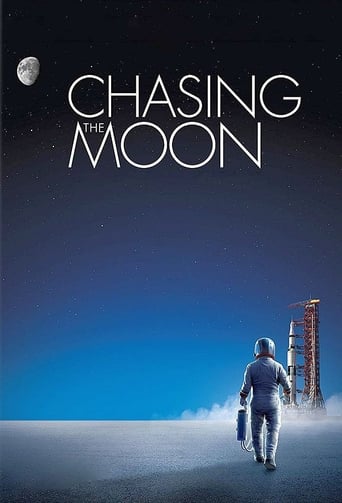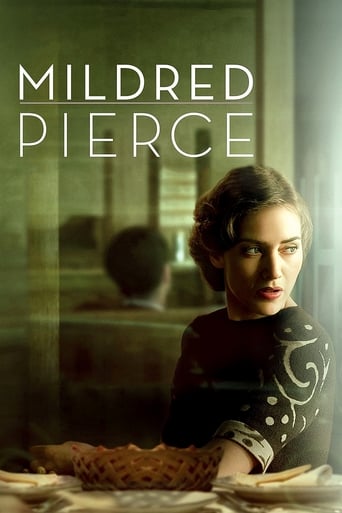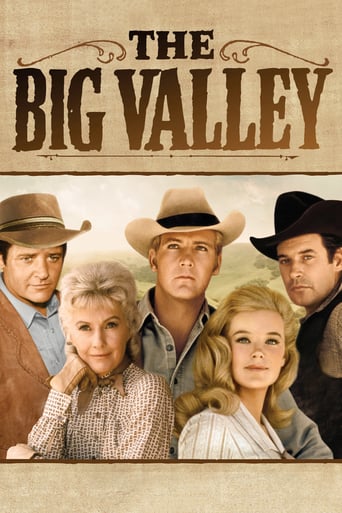A History of America (2000)
A History of America
2000 / TV-PG
In this 26-part series, prominent historians present America’s story as something that must be presented and debated from a variety of perspectives in order to be truly understood. Their thought-provoking debates and lectures — using first-person narratives, photos, film footage, and documents — will pique students’ interest and encourage them to think critically about the forces that have shaped America.
Seasons & Episode

American history moves from west to east, beginning with Ice Age migrations, through the corn civilizations of Middle America, to the explorations of Columbus, de Soto, and other Spaniards.

As the American character begins to take shape in the early seventeenth century, English settlements develop in New England and Virginia. Their personalities are dramatically different. Miller explores the origins of values, cultures, and economies that have collided in the North and South throughout the American story.

Benjamin Franklin and Franklin's Philadelphia take center stage in this program. As the merchant class grows in the North, the economies of southern colonies are built on the shoulders of the slave trade. Miller brings the American story to 1763 with the Peace of Paris and English dominance in America.

Professor Maier tells the story of how the English-loving colonist transforms into the freedom-loving American rebel. The luminaries of the early days of the Republic – Washington, Jefferson, Adams – are featured in this program as they craft the Declaration of – and wage the War for – Independence.

After the War for Independence, the struggle for a new system of government begins. Maier looks at the creation of the Constitution of the United States. The Republic survives a series of threats to its union, and the program ends with the deaths of Adams and Jefferson on the Fourth of July, 1826.

Individual enterprise merges with technological innovation to launch the Commercial Revolution – the seedbed of American industry. The program features the ideas of Adam Smith, the efforts of entrepreneurs in New England and Chicago, the Lowell Mills Experiment, and the engineering feats involved in Chicago's early transformation from marsh to metropolis.

The Industrial Revolution has its dark side, and the tumultuous events of the period touch off intense and often thrilling reform movements. Professor Masur presents the ideas and characters behind the Great Awakening, the abolitionist movement, the women's movement, and a powerful wave of religious fervor.

While the North develops an industrial economy and culture, the South develops a slave culture and economy, and the great rift between the regions becomes unbreachable. Masur looks at the human side of the history of the mid-1800s by sketching a portrait of the lives of slave and master.

Simmering regional differences ignite an all-out crisis in the 1850s. Professor Martin teams with Professor Miller and historian Stephen Ambrose to chart the succession of incidents, from 'Bloody Kansas' to the shots on Fort Sumter, that inflame the conflict between North and South to the point of civil war.

As the Civil War rages, all eyes turn to Vicksburg, where limited war becomes total war. Professor Miller looks at the ferocity of the fighting, at Lincoln's Emancipation Proclamation, and at the bitter legacy of the battle – and the war.

Professor Miller begins the program by evoking in word and picture the battlefield after the battle of Gettysburg. With the assassination of President Lincoln, one sad chapter of American history comes to a close. In the fatigue and cynicism of the Civil War's aftermath, Reconstructionism becomes a promise unfulfilled.

As America celebrates its centennial, five million citizens descend on Philadelphia to celebrate America's technological achievements, but some early principles of the Republic remain unrealized. Professor Miller and his team examine where America is in 1876 and discuss the question of race.

Steel and stockyards are the mighty engine of industrialism thunders forward at the end of the 19th century. Miller continues the story of the American Industrial Revolution in New York and Chicago, looking at the lives of Andrew Carnegie, Gustavus Swift, and the countless workers in the packinghouse and on the factory floor.

Miller explores the tension between the messy vitality of cities that grow on their own and those where orderly growth is planned. Chicago – with Hull House, the World's Columbian Exposition, the new female workforce, the skyscraper, the department store, and unfettered capitalism – is the place to watch a new world in the making at the turn of the century.

The making of money pits laborers against the forces of capital as the twentieth century opens. Miller introduces the miner as the quintessential laborer of the period – working under grinding conditions, organizing into unions, and making a stand against the reigning money man of the day, J. Pierpont Morgan.

Professor Brinkley compares the presidencies of Roosevelt and Wilson – the Warrior and the Minister – in the first decades of the 20th century. Miller and Brinkley discuss American socialism, Eugene Debs, international communism, and the roots of the Cold War.

Professor Martin offers a fresh perspective on Progressivism, arguing that its spirit can be best seen in the daily struggles of ordinary people. In a discussion with Scharff and Miller, the struggles of Native-, Asian-, and African-Americans are placed in the context of the traditional white Progressive movement.

The Roaring Twenties take to the road in Henry Ford's landscape-altering invention -- the Model T. Ford's moving assembly line, the emergence of a consumer culture, and the culmination of forces let loose by these entities in Los Angeles are all explored by Miller.

Brinkley continues his story of 20th century presidents with a profile of Roosevelt. Brinkley paints a picture of America during the Depression and chronicles some of Roosevelt's programmatic and personal efforts to help the country through its worst economic crisis. First Lady Eleanor Roosevelt is at FDR's side and, in many respects, ahead of him as the decade unfolds.

America is enveloped in total war, from mobilization on the home front to a scorching air war in Europe. Miller's view of WWII is a personal essay on the morality of total war, and its effects on those who fought, died, and survived, including members of his own family.

World War II is fought to its bitter end in the Pacific and the world lives with the legacy of its final moment: the atomic bomb. Miller continues the story as veterans return from the war and create new lives for themselves in the '50s. The GI Bill, Levittown, civil rights, the Cold War, and rock 'n' roll are discussed.

Scharff weaves the story of the Civil Rights movement with stories of the Vietnam War and Watergate to create a portrait of a decade. Lyndon B. Johnson emerges as a pivotal character, along with Stokely Carmichael, Fanny Lou Hamer, and other luminaries of the era.

The entire team of historians joins Miller in examining the last quarter of the 20th century. A montage opens the program and sets the stage for a discussion of the period – and of the difficulty of examining contemporary history with true historical perspective. TV critic John Leonard offers a footnote about the impact of television on the way we experience recent events.

Storytelling is a relentless human urge and its power forges with memory to become the foundation of history. Novelists Charles Johnson (Middle Passage), Arthur Golden (Memoirs of a Geisha), and Esmeralda Santiago (America's Dream) join Miller in discussing the intersection of history and story. Kurt Vonnegut Jr., closes the series with a reflection on the power of the human imagination.
In this 26-part series, prominent historians present America’s story as something that must be presented and debated from a variety of perspectives in order to be truly understood. Their thought-provoking debates and lectures — using first-person narratives, photos, film footage, and documents — will pique students’ interest and encourage them to think critically about the forces that have shaped America.
Watch Trailer
Free Trial Channels


























